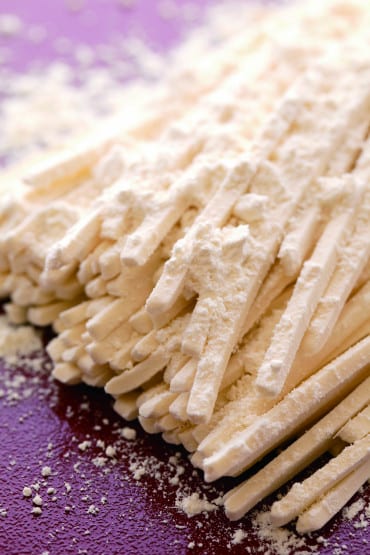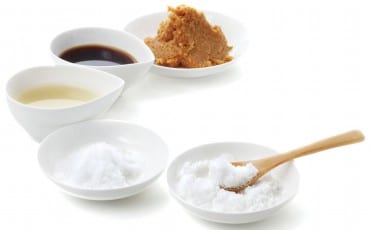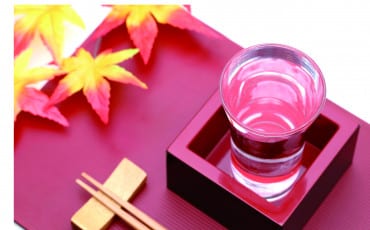Articles
Features
Jun 1, 2019
Unique udon for every season
The humble udon is ubiquitous in Japanese cuisine, but did you know that there are different varieties of udon depending on the prefectures they are from? We go behind the broth to bring you backstories of udon from Kagawa, Akita and Yamanashi.
The udon is to Japanese cuisine what spaghetti is to Italian gastronomy—a homely staple produced in the easiest of fashions and which can be eaten in a variety of ways, with a smorgasbord of accompanying ingredients.

This simple noodle is deceptively versatile, and the many ways it can be served means there is something for everyone, any mood and in any season: In a bowl of soul-warming hot broth dancing with familiar flavours for a cold day. As a refreshing perk-me-up on a summer afternoon, served chilled over a zaru tray. For the more spice-inclined, with curry. And, for a more powerful punch, stir-fried with fresh ingredients.
Udon is mostly consumed in the first way, with the broth made from dashi, soy sauce and mirin, and topped with thinly sliced scallion. It is usually accompanied by side dishes and toppings such as tempura, aburaage (deep-fried tofu pockets) and kamaboko (fish cake shaped as a half-moon). The broths vary according to the region they are from. Those from eastern Japan are darker in colour and richer in taste, while those from western Japan appear lighter and have a more delicate flavour. This is due to differences in preparation methods and ingredients, such as the type of soy sauce used and even the hardness of water!
If simple variations like these can result in such differences in broth, what more for udon from various parts of Japan? The noodle may be made from the same basic ingredients—wheat flour, salt and water—but those from Kagawa, Akita and Yamanashi prefectures are forged by their specific geographical climates and customs. Each has a unique fingerprint in form, texture and taste, and are savoured in their very own special way.
Sanuki udon: https://www.oishii.sg/wiki/5242/
Inaniwa udon: https://www.oishii.sg/wiki/5245/
Hoto udon: https://www.oishii.sg/wiki/5248/
(TEXT Mabel Lee )








